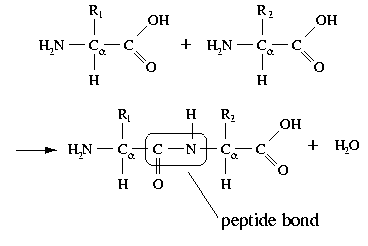Proteins are by far the most important part of all cells. Their many functions include working as/in:
-enzymes that control all the chemical reactions that occur in the body
-immune function as antibodies
-cell membrane structure and carriers to regulate what goes in and out of a cell
-structural components of skin and muscle (eg. keratin, collagen, actin)
-cell communication in the form of hormones and other messengers.
Proteins are polymers of amino acids and are made in the cell on structural units called ribosomes. This year the Nobel Prize in chemistry was awarded to Ada Yonath of Israel, Thomas Steitz of the USA and Venkatraman Ramakrishnan of the UK for their work in understanding more about the structure and function of these ribosomes work that brings us closer to understanding how proteins are made.
The amino acid sequence of a protein is written in the DNA through various arrangements of four nucleotide bases (Watson and Crick received the Nobel Prize in 1962 for describing the structure of DNA). This code is then copied into the messenger RNA which carries it out of the nucleus to the ribosomes where the protein is made. Three consecutive bases code for one amino acid in the protein sequence. If a mistake is made by the ribosomes in reading this base code then there is a mistake in the protein itself which could prevent it from doing its job. Amazingly, ribosomes rarely make mistakes; only once per every 100,000 amino acids. This has to do with the structure of the ribosome and its ability to measure the distance between the transfer RNA (tRNA) which carries the amino acid and the codon in the messenger RNA (mRNA). Interestingly, the number of different arrangements that 4 nucleotides can arrange themselves in triplets is 64. Since there are only 20 amino acids that occur in protein (many more that don’t occur in proteins) some triplet sequences code for the same amino acids while others signal a stop or start to protein synthesis.
This diagram shows two amino acids on the top. The R refers to a variety of side chains an amino acid can have to differentiate it from others. The bottom shows the two amino acids bonding together to make a peptide bond – to make a protein this step is repeated many times with additional amino acids.
This links describes the findings and the background regarding the 2009 Nobel Prize in Chemistry for describing the atomic structure of the ribosome.
http://nobelprize.org/nobel_prizes/chemistry/laureates/2009/info.pdf


